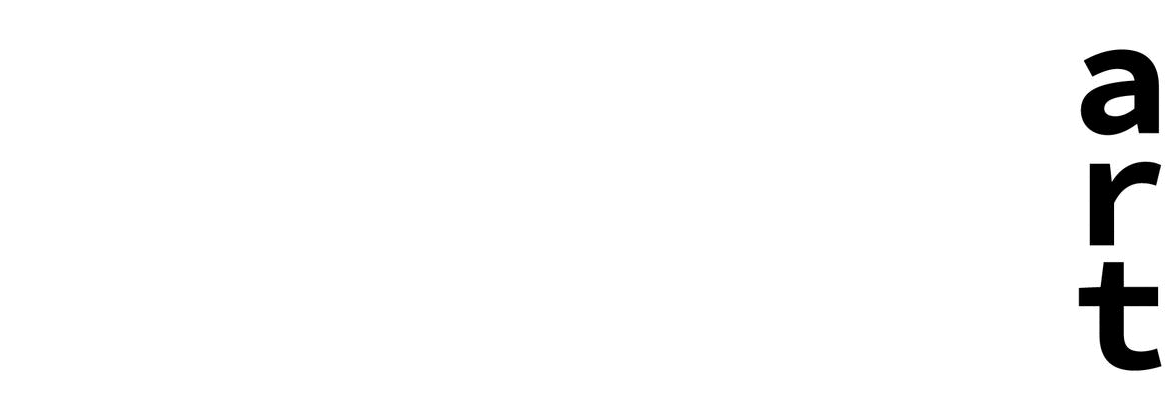Description —
Through an ongoing partnership with Tecnológica de La Habana José Antonio Echeverría (2014 – 2019) I have run a design studio in Havana, Cuba. It focused on studying different sites of urban cultivation within the city to understand the cultures, programs, and networks that have developed around urban farms located in different communities within the city. The students carried out a design project to strengthen this infrastructure whilst enhancing the public realm within the city.
During the two weeks in Havana with each group of students, I have developed a program of study that involved: site visits, lectures, research, and reviews. I helped them organize accommodation in houses within Centro Habana, so we were closely linked to the community we were studying. Serendipity also played an important role as we interacted daily with the city. The Cuban students from Tecnológica de La Habana José Antonio Echeverría (CUJAE) worked with the Canadian students. All the students were combined into Cuban and Canadian teams, based, on their selected sites of study. Collectively they used the different mapping techniques to forward their design work. Together they made drawings that were pinned up and reviewed by me and the professors from CUJAE. However, as much as making the maps, their shared conversations, conviviality, and experiences with colleagues from the two countries enhanced all the students understanding of the city.
Each year had its own challenges and learning opportunities. In September 2017 we thought we would have to cancel due to Hurricane Irma hitting the island, but with the travel ban lifted just days before our trip we encountered a city where the citizens had set up temporary community kitchens to feed the people without power and were collectively working together to restore the storm’s damage. The last visit in September 2019, certainly brought into focus the country’s fragile global supply chains and what was termed the Crisis de Coyuntural (Temporary Crisis). Fuel reserves were depleted and with trucks unable to move, garbage filled the streets, water delivery was hampered, government offices and institutions were on three-day work weeks, the use of air conditioning was prohibited, tourists disappeared from most of the city outside of La Habana Vieja, and power outages rippled through the neighborhoods. Everyday life persevered surrounding these sites of agriculture as they ramped up food production to meet the increased demand.
The learning opportunities for the students have been profound. Many have remarked that this is one of the most important opportunities in the entire program. Some have continued with their studies of Havana into their theses and many have extended their research areas to different sites and contexts around the world.
Student Work: Anita Pop (2018), Isaac Fresia (2017), Ryan Dewolde (2018), Stavros Kondeas (2019)
